The Coconut Oil Aisle Is Confusing. Here’s How to Pick the Right One.
I’ve spent years working with natural oils, first as a soap maker and later helping small brands create their cosmetic formulas. And I’ve watched coconut oil go from a niche health food item to something everyone has in their pantry. But here’s the problem: the jar that’s perfect for your frying pan could be a disaster for your face. I’ve seen it happen!
In this article
The shelves are packed with options: virgin, refined, fractionated… what’s the difference? It’s easy to grab the wrong one. My goal here is to cut through that confusion. I want to show you how to pick the right oil for the right job, saving you time, money, and a whole lot of frustration. This is the kind of practical knowledge that makes all the difference.
First, What’s Actually in the Jar?
Before you can use it well, you have to know what it is. At its heart, coconut oil is just a collection of fats. Its special mix is what gives it those famous properties. Over 90% of these fats are saturated, which is why it turns solid when your room gets a little chilly—right around 76°F (24°C).
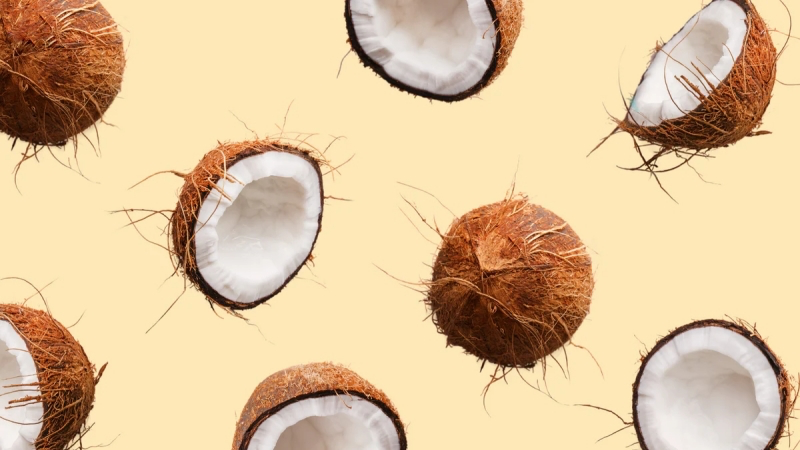
The star player is something called lauric acid. It makes up almost half of the oil and has a tiny molecular structure. This isn’t just marketing fluff; it’s a real physical property that allows it to do things other oils can’t, like actually penetrating the hair shaft to strengthen it from the inside. When you understand what makes it tick, you stop guessing and start choosing like a pro.
The Three Main Types: A Quick-Glance Guide
Okay, let’s get right to it. Before we dive deep, here’s the fast-and-simple breakdown of what you’ll see in the store. Think of this as your cheat sheet.
- Virgin Coconut Oil (VCO): This is the one that smells and tastes like a tropical vacation. It’s the least processed, solid at room temp, and great for baking or intense skin moisturizing. It’s usually the mid-range option, price-wise.
- Refined Coconut Oil: This one has no smell or taste at all. It’s been processed (refined, bleached, and deodorized with steam and clays) to be completely neutral. It’s your go-to for high-heat cooking and soap making. Good to know: This is almost always the most budget-friendly option you can buy.
- Fractionated Coconut Oil (FCO): This is the fancy, always-liquid version. It has no scent and feels incredibly light and non-greasy. It’s perfect for facial serums, massage oils, and mixing with essential oils. It’s usually the most expensive per ounce, but a tiny bit goes a very long way.
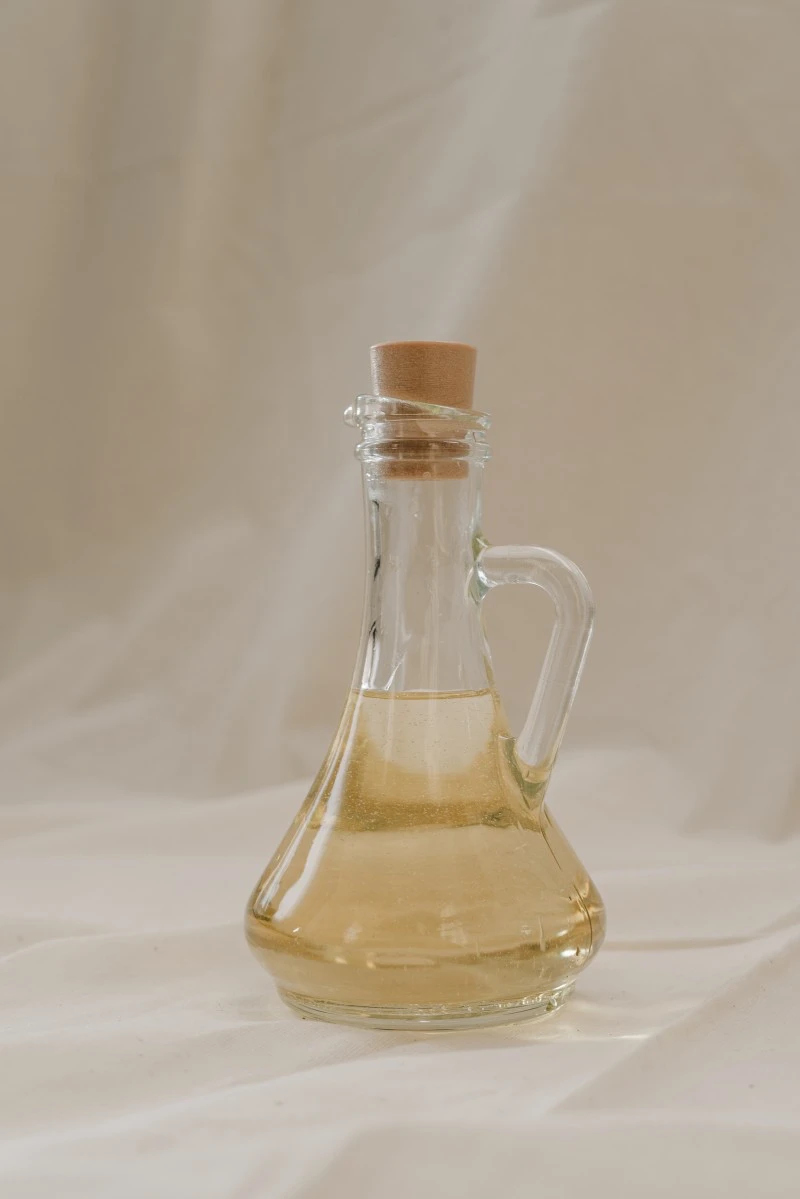
A Deeper Dive Into Each Type
Now that you’ve got the basics, let’s get into the specifics so you know exactly what you’re buying and why.
1. Virgin Coconut Oil (VCO)
When a label says “virgin” or “extra-virgin” (by the way, there’s no official difference for coconut oil), it means the oil came from fresh coconut meat without high heat or chemical solvents. It’s usually cold-pressed, which preserves the delicate coconut flavor and aroma. You can find it in the health food aisle or online, often costing between $8 and $15 for a standard jar.
Best for: cooking where you want that tropical flavor (think curries and smoothies), and as a heavy-duty moisturizer for really dry spots like cracked heels or rough elbows. It’s also the traditional choice for oil pulling, if that’s your thing.
Heads up! For skincare, VCO has a major drawback: its comedogenic rating is a 4 out of 5. What does that mean? On a scale where 5 is the most likely to clog pores, a 4 is pretty risky for anyone prone to breakouts. I’ve seen too many people with clear skin suddenly develop acne after using pure VCO on their face. Always, always patch-test it on your jawline for a week first.

2. Refined Coconut Oil (RBD)
This oil starts with dried coconut meat (copra) and is then Refined, Bleached, and Deodorized (RBD). That sounds intense, but quality brands use a physical process with steam and filtering clays—not harsh chemical solvents. The process removes the scent, flavor, and impurities, creating a totally neutral oil with a high smoke point of around 400°F (204°C).
This is your kitchen workhorse. You’ll usually find it in the main baking aisle next to all the other cooking oils, and it’s a steal, often priced from $5 to $10 for a big tub.
Best for: high-heat cooking like frying and sautéing. It’s also the secret to amazing handmade soap, creating a hard, brilliantly white bar with a fantastic bubbly lather. If you’re making a scented body butter and don’t want a coconut smell clashing with your expensive essential oils, this is the one to use.
3. Fractionated Coconut Oil (FCO)
Ah, my favorite for cosmetics. To make FCO, producers gently heat regular coconut oil and then let it cool. The parts that turn solid (mostly that lauric acid) are removed. What’s left is an ultralight, liquid oil made of medium-chain triglycerides (MCTs). That’s why you’ll sometimes see it sold as MCT oil.

Oh yeah, and a quick note on that: the MCT oil sold as a dietary supplement for coffee is basically the same thing as FCO. It’s usually safe for skin, just double-check the label to be sure it’s 100% coconut-derived with no other additives.
This stuff is liquid gold. It stays liquid even in the fridge, feels non-greasy, and has virtually no scent. It also has an incredibly long shelf life. You can find it online or in health store personal care sections, typically running $10 to $20 for an 8 or 16-ounce bottle.
Try this right now: If you have both, rub a drop of melted VCO on the back of one hand and a drop of FCO on the other. See how the FCO just vanishes into your skin, leaving it soft but not greasy? That’s why it’s a cosmetic rockstar!
Putting It All to Work: My Favorite Uses
Okay, theory’s over. Let’s get practical.

For Your Hair
Deep Conditioning (VCO): For truly dry, damaged hair, a pre-shampoo treatment with VCO is fantastic. To warm it up safely, just place the jar in a bowl of warm water for a few minutes—please don’t microwave it! Apply a tablespoon or two to dry hair, focusing on the ends. Braid it or pop on a shower cap and let it sit for at least two hours (or overnight for major repair).
A pro tip for washing it out: A common mistake is getting your hair wet first. Don’t! Apply shampoo directly to your oily hair and work it into a lather. Then add water, rinse, and shampoo a second time. The oil will come right out, leaving your hair soft, not greasy.
Frizz Taming (FCO): For daily shine and flyaway control, FCO is perfect. Just 2-3 drops rubbed between your palms and lightly skimmed over the surface of your hair does the trick. Avoid the roots!
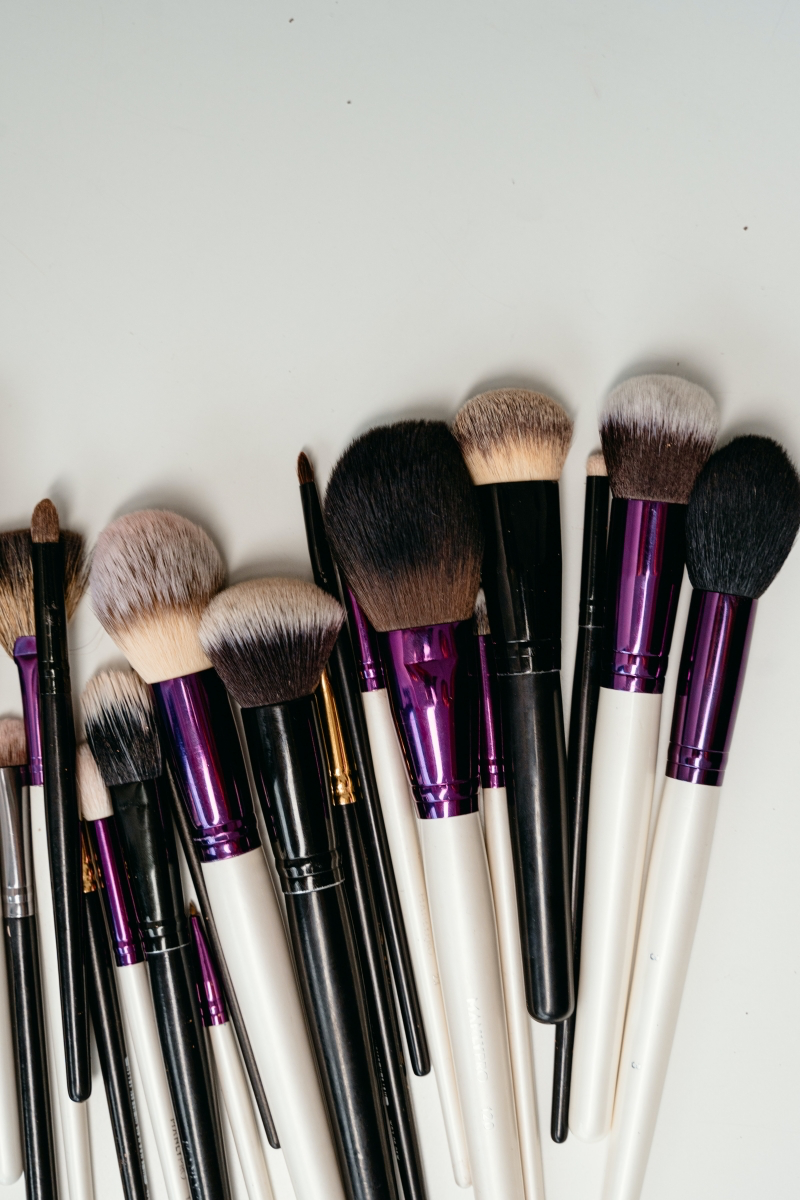
For Your Skin
Oil Cleansing (FCO): Using oil to clean your face works on the principle that “like dissolves like.” Massage a teaspoon of FCO onto your dry face for a minute to dissolve makeup and sunscreen. Then, lay a warm, damp washcloth over your face for 30 seconds before gently wiping everything away. Your skin will feel clean and soft, not stripped.
DIY Body Butter (VCO): Want to make a simple, luxurious body butter? Here’s a foolproof mini-recipe. You’ll need 1/2 cup of shea butter and 1/4 cup of VCO.
1. Gently melt the shea butter and VCO together in a double boiler or in short bursts in the microwave.
2. Let the mixture cool in the fridge until it’s semi-solid but not rock-hard.
3. Whip it with a hand mixer for about 5 minutes until it looks like fluffy frosting. Done!
DIY Face Serum (FCO): Remember, I strongly advise against using pure VCO on your face. Instead, make a simple, amazing face serum with FCO as a base.
Shopping List & Recipe:
– 1 oz (30 ml) Fractionated Coconut Oil (around $5)
– 5-6 drops of Rosehip Seed Oil (a small bottle is about $10)
– 1 oz amber glass dropper bottle (about $2)
You can find all of these online or at most natural food stores. Just combine the oils in the bottle, give it a shake, and you’ve got a lightweight, custom facial serum!

For Your Home
Makeup Brush Cleaner (FCO): Swirl your dirty brushes in a small bowl of FCO to instantly dissolve caked-on makeup. Then, put a drop of gentle soap (like baby shampoo) in your palm, swirl the brush in it to lather up, and rinse clean. It deep cleans without damaging the bristles.
Stainless Steel Shine (FCO): A few drops of FCO on a microfiber cloth will make your stainless steel appliances shine and help repel fingerprints. Wipe with the grain, then buff with a dry section of the cloth.
Seasoning Cast Iron (Refined): To season a cast iron pan, apply a super thin layer of refined coconut oil, wipe off the excess so it looks matte, and bake it upside down at 400-450°F for an hour. Let it cool in the oven. The high smoke point is perfect for creating a durable, non-stick surface.
The Final Word: Storage and Safety
To wrap things up, a few last thoughts. Heat, light, and air are the enemies of any oil, so store yours in a cool, dark cupboard. You’ll know if it’s gone bad—it will get a sharp, crayon-like smell. And while it’s rare, coconut is a known allergen, so always do a small patch test on your inner arm before going all in with a new product.

Ultimately, coconut oil isn’t a magic bullet, but it is an incredibly useful raw material. Success comes from knowing which bottle to grab for which job. Now, you can walk down that aisle with confidence. You know how to work with the oil’s nature, not against it. And honestly, that’s the secret to getting it right every single time.
Inspiration:
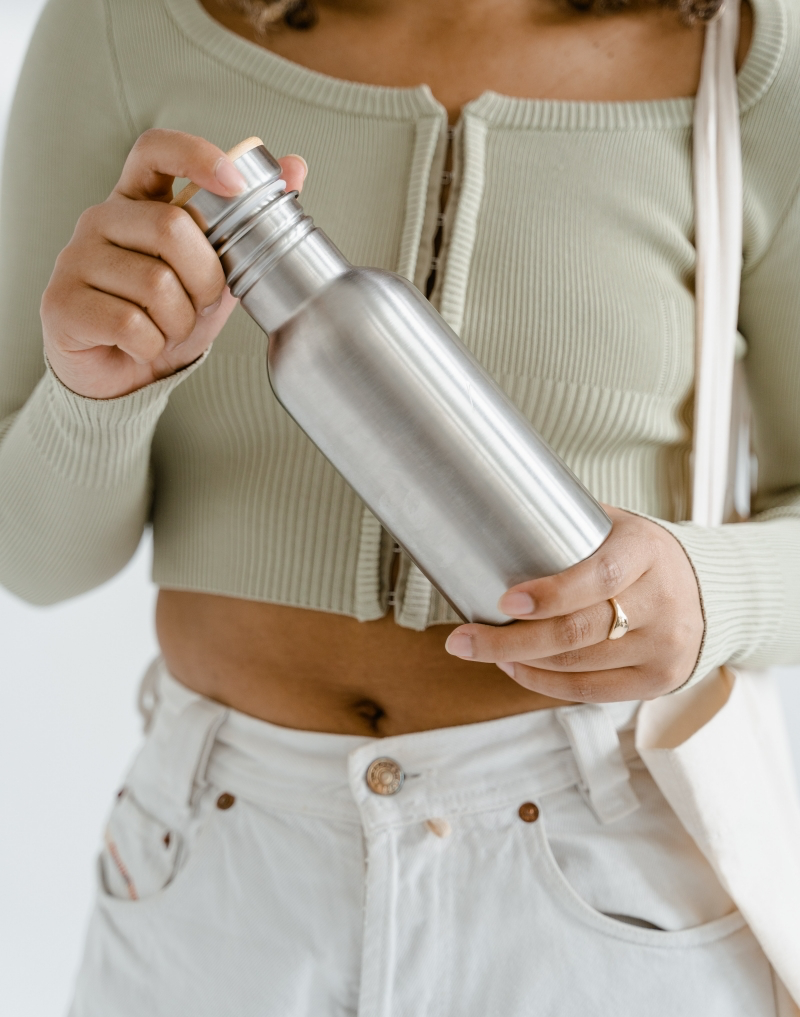

The Wrong Oil for Your Face: If you’re breaking out after applying coconut oil, you’ve likely discovered its downside. Virgin or refined coconut oil has a high comedogenic rating (4 out of 5), meaning it’s very likely to clog pores for many skin types. For facial use, always opt for fractionated coconut oil, which has had the long-chain fatty acids removed, making it non-comedogenic and lightweight.

Did you know? The melting point of virgin coconut oil is around 76°F (24°C).
This temperature sensitivity is key to its versatility. On a hot day, it’s a liquid perfect for a quick hair gloss. On a cool day, its solid, balm-like texture is ideal for rubbing into dry cuticles or elbows. This natural transition is a sign of unrefined, quality oil.
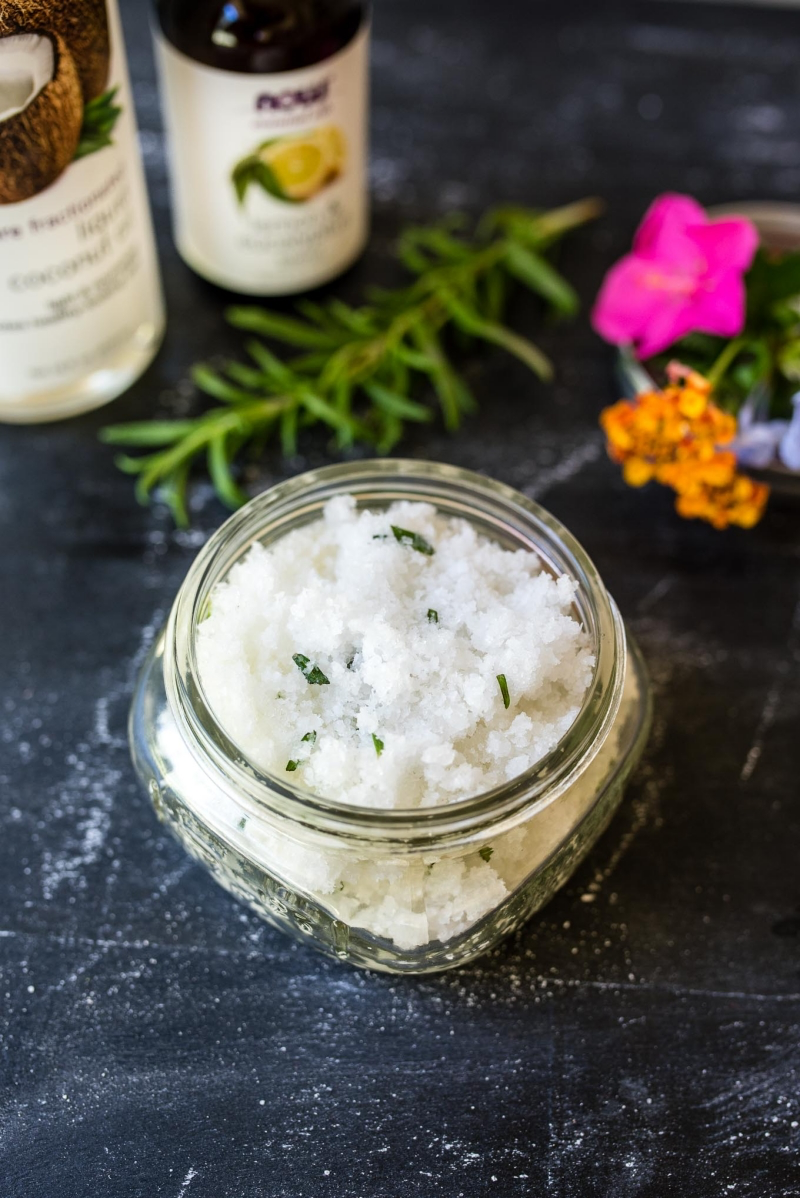
Wondering about the
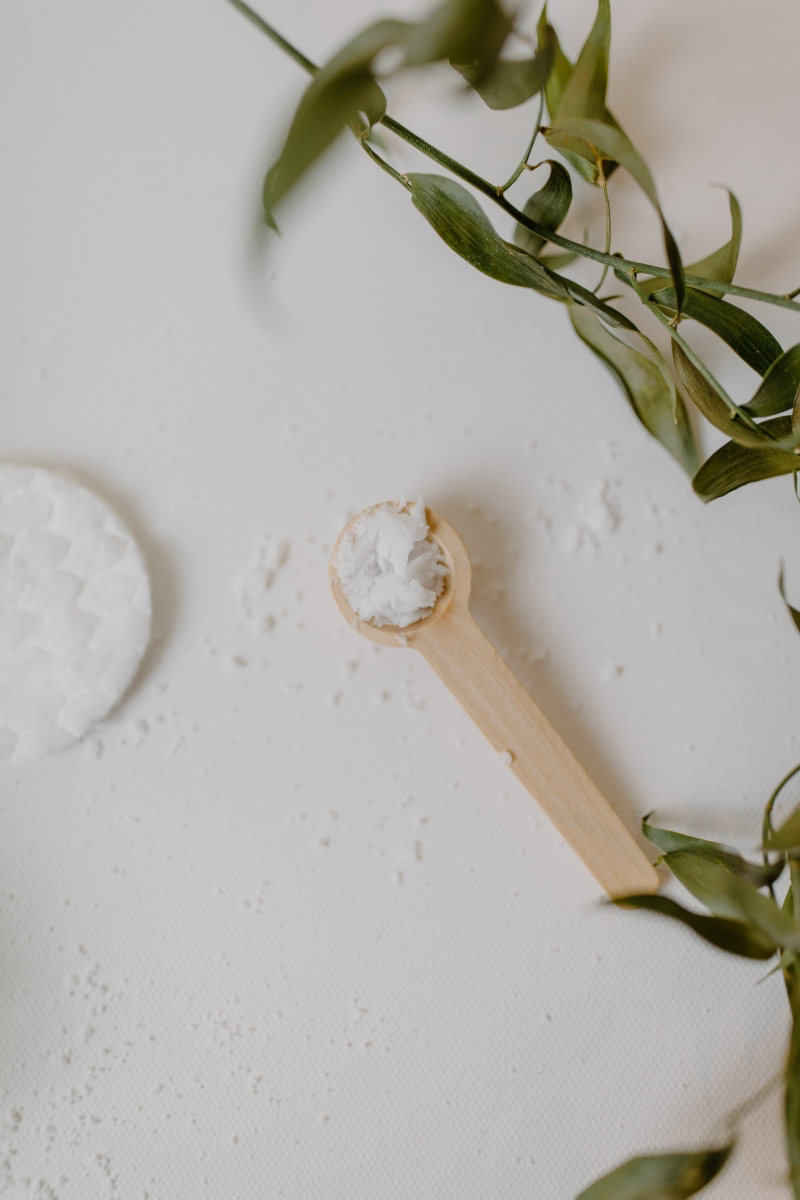
For a luxurious and simple body treatment, try this DIY polish:
- Combine 1/2 cup of solid virgin coconut oil with 1 cup of brown sugar.
- Add 5-10 drops of lavender or citrus essential oil for an aromatic boost.
- Mix until it forms a thick, scoopable paste.
The result? A deeply moisturizing exfoliator that leaves skin feeling soft and replenished, with no need for lotion afterward.
Refined Oil: Your high-heat kitchen workhorse. It has a smoke point of around 400-450°F (204-232°C), making it perfect for frying and sautéing without smoking or imparting a coconut flavor.
Virgin Oil: Best for low-heat baking or as a finishing oil. Its smoke point is lower, around 350°F (177°C), and it adds a distinct tropical flavor to dishes.
Choose refined for neutral, high-heat cooking and virgin for flavor and gentler heat.










